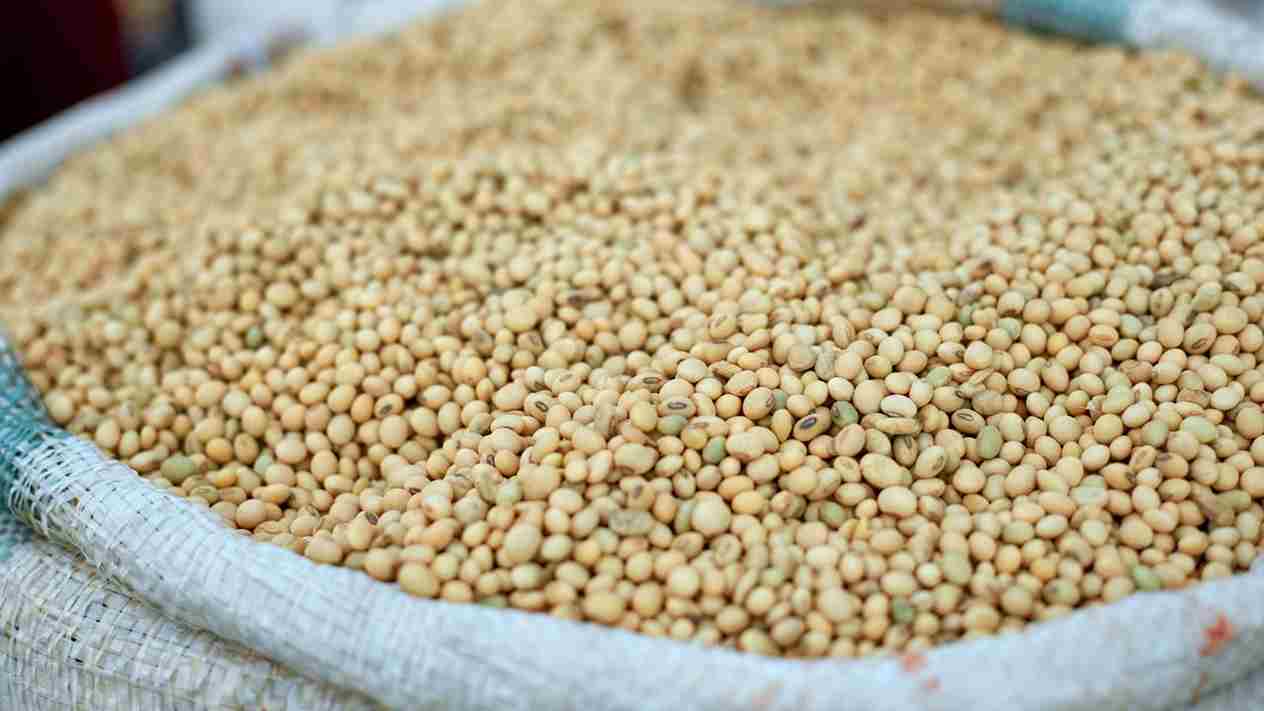China’s Soybean Splash: A Lifeline for Struggling US Farmers in the Heartland

As the autumn harvest wraps up in America’s breadbasket, a timely olive branch from across the Pacific is injecting much-needed optimism into farm country. On October 29, 2025, China’s state-owned COFCO Corp. confirmed the purchase of three cargoes of US soybeans—totaling around 180,000 metric tons—for delivery in December and January. This marks the first buy from the 2025 US crop, arriving just as President Donald Trump gears up for a pivotal summit with President Xi Jinping. For US farmers, who’ve weathered years of trade turbulence, this isn’t just a transaction—it’s a potential turning point that could stabilize incomes, lift prices, and restore market access to the world’s largest importer.
Immediate Economic Boost: Higher Prices and Faster Cash Flow
Soybean prices surged to a 15-month high on Tuesday, October 28, climbing over 1% to settle at $10.85 per bushel on the Chicago Board of Trade (CBOT). This uptick is directly tied to renewed Chinese demand, which has been conspicuously absent since Beijing paused major purchases in May amid escalating tariffs. For growers in key states like Iowa, Illinois, and Minnesota—who produce over 70% of the nation’s soybeans—this translates to an estimated $50-100 per acre windfall, depending on yield and basis levels.
Consider the math: The US Department of Agriculture (USDA) forecasts a bumper 2025 crop of 4.6 billion bushels, up 3% from last year thanks to ideal planting conditions. With China historically snapping up 50-60% of US exports, even a modest ramp-up could add $2-3 billion to farmgate revenues in the next quarter alone. “It’s like flipping a switch—overnight, our elevators are buzzing with inquiries,” shared one Iowa co-op manager, echoing sentiments from the American Soybean Association.
This cash infusion arrives at a critical juncture. Many farmers are still servicing debts from the 2018-2020 trade war era, when retaliatory tariffs cratered exports by 75% and forced sales at a loss to domestic processors. The result? A 20% drop in net farm income for soybean-dependent operations, per USDA data. Today’s deal offers breathing room, potentially averting forced land sales or equipment cutbacks that have plagued rural communities.
Ripple Effects: From Farm Gates to Rural Revitalization
The benefits extend far beyond the field. Soybean exports support over 200,000 jobs nationwide, from truckers hauling harvests to rail operators shipping to Pacific ports. In the Midwest, where ag accounts for 15-20% of GDP, this could spark a mini-boom: increased spending at local diners, hardware stores, and even school districts facing budget crunches.
Environmentally, too, there’s upside. US soybeans, grown with advanced no-till practices, boast lower carbon footprints than some South American alternatives. As China eyes sustainable sourcing under its “dual carbon” goals, American growers—many certified under programs like the Soybean Checkoff’s sustainability initiative—stand to gain premium pricing for traceable, eco-friendly beans.
| Impact Area | Short-Term Gain | Long-Term Potential |
|---|---|---|
| Farm Income | +$2-3B in Q4 exports; prices up 1-2% | Stabilized at $11+/bushel if tariffs ease |
| Rural Jobs | 10,000+ seasonal hires in logistics | Permanent growth if China hits Phase One targets |
| Debt Relief | Faster loan payoffs; lower interest burdens | Reduced foreclosures (down 15% YoY already) |
| Market Share | Recaptures 5-10% from Brazil | Full recovery to pre-2018 levels by 2027? |
Challenges Ahead: Navigating Trade Uncertainties
That said, relief is tempered by caution. The trade war’s scars run deep—US soybean shipments to China plummeted from 31 million tons in 2017 to under 20 million last year, ceding ground to Brazil’s record outputs. Recent escalations, including Beijing’s March tariffs on US ag goods, left stockpiles bulging and prices languishing below $10/bushel for months. Analysts warn that without a “substantial” Phase One recommitment—aiming for $80 billion in ag buys over two years—this could be a fleeting rally.
USDA’s latest outlook tempers enthusiasm, projecting total US ag exports to China at $17 billion for 2025—a 30% slide from 2024—highlighting the fragility. Farmers are diversifying: more contracts with Europe for biofuel soy, or pivoting acres to corn. Yet, with the Trump-Xi talks looming, whispers of tariff rollbacks and deal sweeteners could unlock billions more.
Voices from the Field: Hope in the Harvest
“Iowa’s been hit hard—empty bins and slim margins—but this feels like the tide turning,” says Tom Vilsack, former USDA Secretary and Iowa native, in a recent interview. Echoing that, the National Farmers Union called the purchase “a pragmatic win-win,” urging swift diplomacy to build on it.
For US farmers, this soybean saga underscores ag’s role as a diplomatic fulcrum. As global demand swells—driven by China’s pork rebound and biofuel mandates—securing reliable buyers isn’t just business; it’s survival. Will the summit deliver lasting peace, or more volatility? Our team is tracking every angle, from CBOT closes to Capitol Hill hearings.
What’s your take—bullish on beans, or bracing for bumps? Drop a comment, and subscribe for our free “Farm Forward” newsletter with weekly insights on trade, tech, and tomorrow’s yields.
Sources: Reuters, Forbes, USDA, and more.






